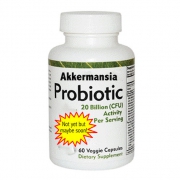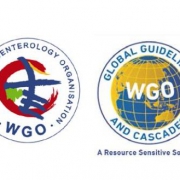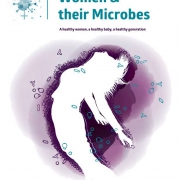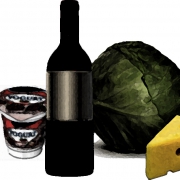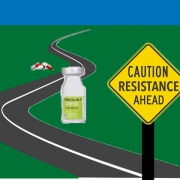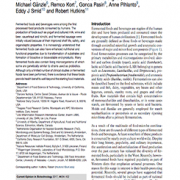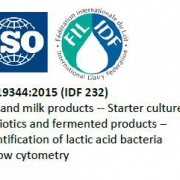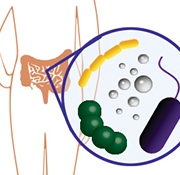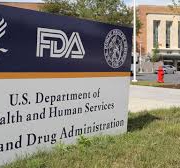Ever evolving microbial friends – new microbes that could impact health
May 2017. By Prof. Seppo Salminen, Director of the Functional Foods Forum, University of Turku.
Bacteria have been part of our life and part of human nutrition since ancient times. Microbes have a variety of essential roles in fermentations and other production processes, as reviewed by Marco et al (2017). Generally, the bacteria used in fermented foods have a very long history of safe use.
Traditional probiotics, such as species of Lactobacillus and Bifidobacterium, are deemed safe for our food supply, for providing certain nutritional support and as supportive agents for medical treatments. Pediatric and gastroenterology organizations recommend specific Lactobacillus, Bifidobacterium and Saccharomyces probiotics for different benefits, including treatment and prevention of acute pediatric gastroenteritis, antibiotic-associated side effects and diarrhea (ESPGHAN, WGO). Currently, probiotics appear more effective in infants and children than in adults and elderly. Thus, there is a need to continue to develop new probiotic tools for nutrition and medicine especially for adults and the elderly.
New non-traditional species of bacteria being researched for their health benefits are now being proposed for use in foods. These have to be assessed for safety as novel foods or ingredients for food production. With the new regulation in Europe, it is sometimes challenging to find the road to market. In European Union, the novel food legislation has just been revised (EU 2015), applying also to the safety assessment of novel microbes. Two novel microbes have recently been approved in the EU: Clostridium butyricum and Bacteroides xylanisolvens (the latter only in heat-treated form). Both approvals concern only safety assessment; health claim applications may be expected later.
Clostridium butyricum has been used as a probiotic in Japan and many other countries, but in Europe, its classification as probiotic without a health claim is unlikely. This is not due to anything unique about C. butyricum, but due to the word ‘probiotic’ being considered a health claim requiring authorization. Bacteroides xylanisolvens in its heat-treated form does not fit the definition of probiotic (Hill et al 2014) as no viable bacteria are present in the product.
Taken together, opportunity exists today for the development of new microbial tools for foods, nutrition, supplements and pharmaceutical targets. Several research paths are underway, likely resulting in new novel food applications and safety assessments. For example, Akkermansia muciniphila a normal, human colonizing microbe, has shown benefits for obesity-related metabolic effects, but so far only in mice (Gomez-Gallego et al 2016, Plovier et al 2017). Human studies are underway. Animal studies suggest that Faecalibacterium prausnizii treatment may improve hepatic health, and decrease adipose tissue inflammation in mice and these results warrant further studies to discover the therapeutic potential in humans (Munukka et al 2017). However, safety assessment is an essential part of future work for these novel probiotics and the human intervention studies are required to understand the role of novel microbes in health and disease. Thus, there are a lot of challenges for both researchers and the industry to uncover novel effective and safe microbes for future foods and drugs.

